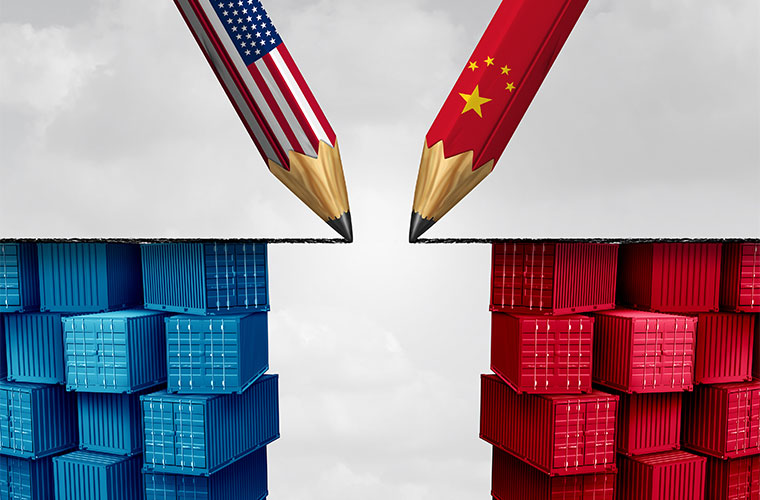(ALA) — It has been nearly four years since the first $34 billion of Section 301 tariffs on products coming from China were enacted. Under President Biden, the Office of the U.S. Trade Representative (USTR) has allowed the Trump-era tariffs to remain in place.
Within four years of enactment, these tariffs are required to undergo a congressionally-mandated effectiveness review. The tariffs could expire if the review is not completed within 60 days of July 6.
To date, the USTR has approved 549 requests, but all of those have since expired. After six months of urging by the industry, the USTR has reinstated 352 of the original 549 exclusions. The reinstated exclusions are retroactive to Oct. 12, 2021, and will be in effect for the remainder of 2022.
Read the full list of reinstated exclusions.
Identified exclusions pertaining to lighting:
8536.50.9065
Modular light switches, for a voltage not exceeding 1,000 V, presented in polyethylene terephthalate (PET) housings, designed for use with a backplate
8536.90.4000
Twist-on wire connectors, for a voltage not exceeding 1,000 V, each valued not over $0.03
8543.70.9960 prior to January 27, 2022, or 8543.70.9860 effective January 27, 2022
Apparatus using passive infrared detection sensors designed for turning lights on and off
9405.40.8440 prior to January 27, 2022, or 9405.42.8440 effective January 27, 2022
Flexible strips, each having embedded light-emitting diodes electrically connected to a molded electrical end connector, each strip wound onto a reel measuring not more than 25 cm in diameter and not more than 1.5 cm in width
The American Lighting Association (ALA), as a member of the Americans for Free Trade, sent a letter to USTR Katherine Tai asking for the process to be transparent and open to give ALA and other impacted industries the opportunity to question the success of the tariffs.
Tagged with ALA, American Lighting Association, China, lightED, tariffs, trade
